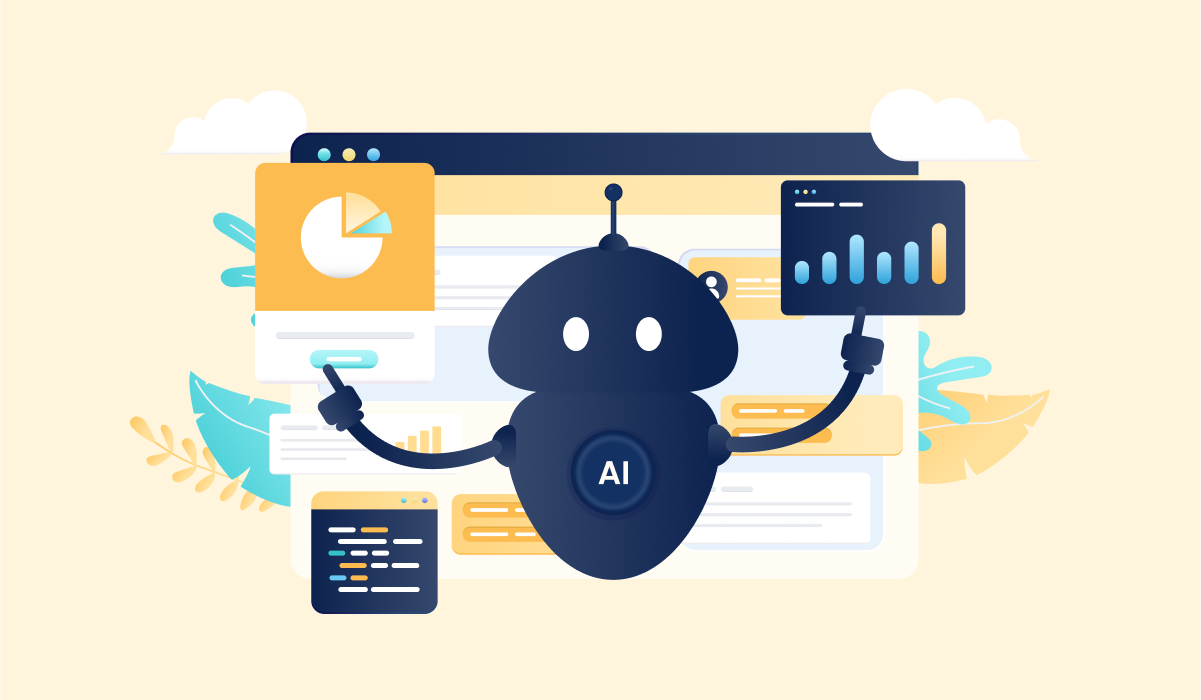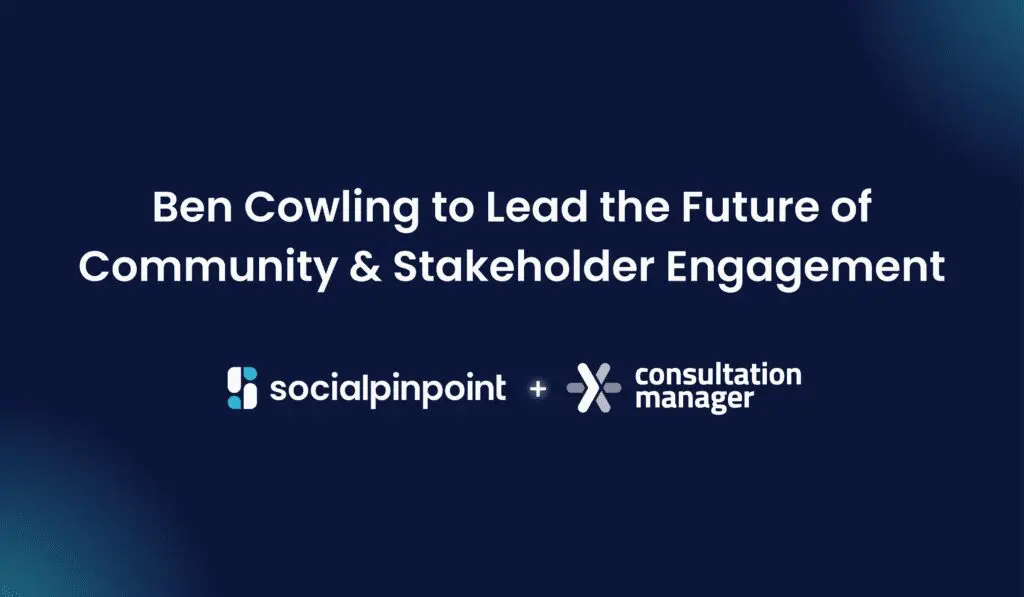Artificial intelligence (AI) is already being used in community engagement across various industries and sectors. The intersection of AI and community engagement offers a promising horizon. AI introduces efficiencies, personalization, and data-driven insights that can redefine the participation experience.
Artificial intelligence (AI) involves using computers to do things that traditionally require human intelligence. AI can process large amounts of data in ways that humans cannot.
The goal for AI is to be able to do things like recognize patterns, make decisions, and even judge like humans. Or, even sing like Johnny Cash – an AI-generated cover of Cash singing Barbie Girl has recently gone viral.
AI is even changing how we make decisions. My Netflix always seems to know exactly what I should watch next and my Spotify recently introduced me to my own AI DJ (it’s actually pretty good).
Currently, AI is the very foundation of software we use every day, such as sentiment analysis or content moderation. And, it’s poised to have a significant impact on community engagement.
Using AI in Community Engagement
For community engagement, AI opens up a world of efficiencies and extra assistance, allowing you to keep more of a pulse on the community voice. So, how should you be using AI in your community engagement initiatives?
1. Personalized Content and Communication
AI can analyze vast amounts of data to understand individual community members’ preferences and interests. With this information, AI-powered platforms could deliver personalized content and communication, ensuring that each community member receives relevant information, updates, and messages.
2. Analytics Assistance for Better Insights
AI can process and analyze large datasets from various sources, including social media, surveys, and user interactions. This data analysis can provide you with valuable insights into member behavior, preferences, and trends, helping you to tailor engagement strategies accordingly.
Social Pinpoint’s Analysis Assistant processes large volumes of qualitative, unstructured data in real-time with machine learning. This means you can instantly uncover sentiment, themes, and insights from your engagement data.
3. Social Media Listening
Platforms such as Brandwatch and Meltwater provide social media listening capabilities so you can consistently monitor mentions of your organization online. Driven by powerful AI models, social listening allows you gauge shifts in public sentiment, identify emerging topics or themes, and respond promptly to negative publicity.
4. Community Management and Moderation
AI can assist community engagement teams in monitoring and moderating online discussions. It can identify and flag inappropriate or harmful content, ensuring that your community engagement platform remains a safe and respectful space.
User-generated images and videos can also be filtered by AI to detect inappropriate or harmful content such as nudity, violence, gore, hate symbols, or illegal activities.
Social Pinpoint utilizes powerful anti-SPAM technology to automate moderation and keep undesirable content from appearing on your site.
5. Content Creation
With AI content creation tools, you can generate written or visual content based on text prompts. Specifically, these AI tools, such as ChatGPT, Jasper and ClickUp can create engaging, relevant, and human-like content like articles, social media posts, and even videos.
This means you can help keep members informed and engaged while saving a lot of time finessing content. Some engagement platforms, such as Consultation Manager, even embed these tools to allow users to take advantage of advanced technology and speed up tasks such as image creation.
However, understanding the types or prompts and inputs to provide these tools can be a steep learning curve. Recently, our team created a ‘ChatGPT Cheat Sheet for Community Engagement’ so you can get started on utilizing AI to streamline content creation.
6. Enhanced Community Support
Humanized chatbots and virtual assistants can provide real-time support to community members, addressing their queries and concerns promptly. With a well-programmed and maintained chatbot, you can easily improve your overall community support experience and ensure members can feel heard.
FranklyAI is a great example of a platform that actively listens by conducting user-led discussions. It’s much more conversational than the standard chatbot as its programmed to the needs of your community and consultation.
7. Predictive Engagement
By analyzing historical data with the help of predictive AI, you can anticipate future community engagement trends and patterns. This can enable you to predict community needs or aspirations, optimize and plan project delivery, and engage your community more proactively.
8. Language Translation and Accessibility
AI-powered language translation tools can break down language barriers within diverse communities, allowing members who speak different languages to communicate and engage effectively.
Social Pinpoint has a powerful multilingual add-on to generate accurate, culturally-relevant translations. This add-on utilizes Localize, an advanced AI translation tool that can translate text, and even identify and attempt to understand slang or idioms through machine learning.
For web accessibility, UserWay is an incredibly popular integration that many Social Pinpoint clients utilize to amplify their digital accessibility needs.
9. Virtual Meeting Assistant
Throughout a single community engagement project, the number of meetings you need to attend can seem endless. AI meeting assistants can record meetings automatically, provide real-time transcription, and take automated notes, all whilst tracking decisions, identifying highlights, and communicating action items.
This means that you and your team can focus on participating in the meeting and creating value in the moment.
10. Targeted Outreach and Recruitment
AI could even help you identify new online community members based on their interests and online behavior, enabling you to easily recruit for panels or focus groups.
As an example, Paradox uses machine learning to interact with candidates through a conversational user interface. When programmed correctly, their chatbot answers key questions applicants may have about the role or opportunity, without staff hours being used.
Will AI Replace Community Engagement?
While AI offers numerous benefits, it is important not to overlook the value of human interaction in building and maintaining thriving community engagement.
AI cannot replicate emotional intelligence, body language, adaptability, active listening, and authentic relationship building. Humans are capable of building trusting community relationships and this still continues to pave a strong foundation in the value of our community engagement teams.
It’s also important to note that while AI can enhance community engagement in many ways, there are ethical considerations and potential challenges, such as data privacy, algorithmic bias, and ensuring transparency in AI-driven processes.
Organizations and communities must approach the use of AI in community engagement responsibly to maximize its benefits while mitigating potential risks.













